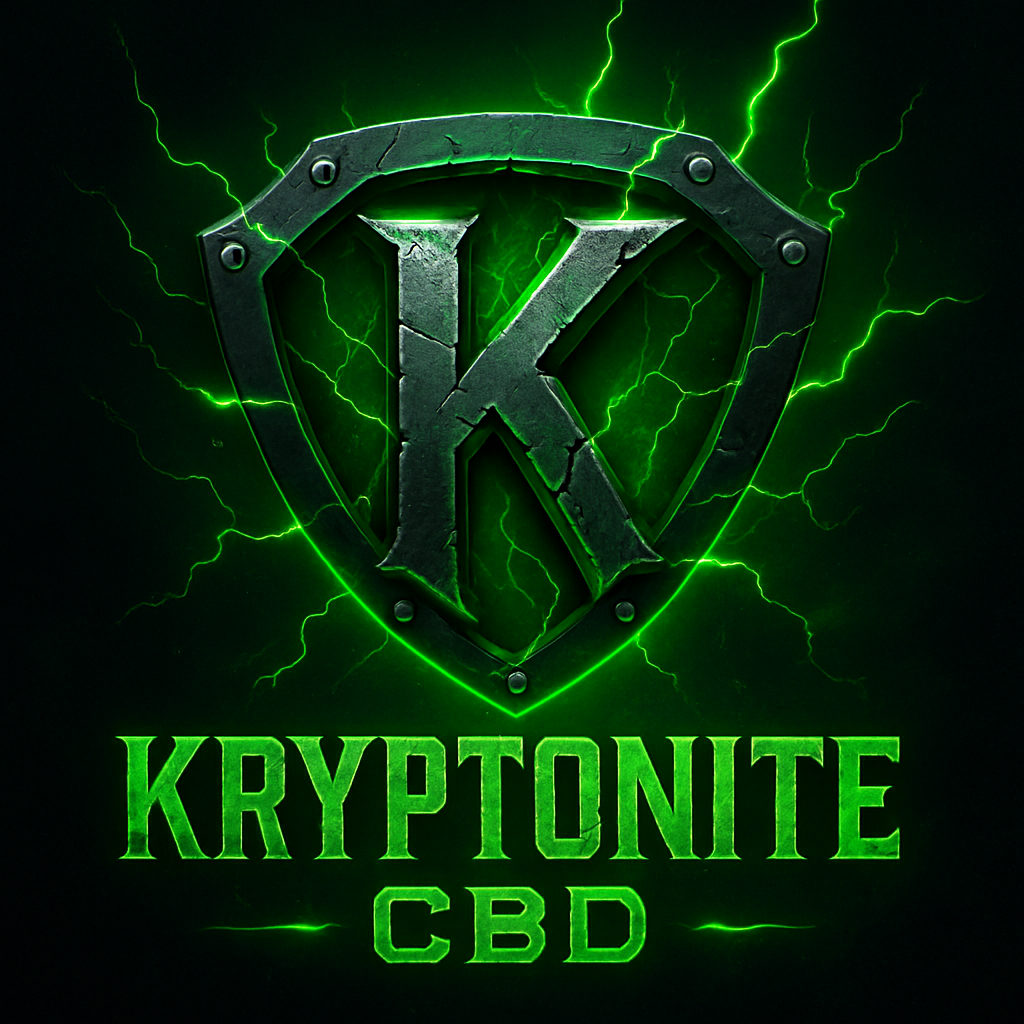In the ever-evolving world of cannabinoids, a new player has entered the scene, captivating the attention of cannabis enthusiasts and researchers alike. THC-P, short for tetrahydrocannabiporol, is making waves with its unique properties and potential benefits. In this blog, we'll explore what THC-P is, its effects, the manufacturing process, ways of consumption and also delve into its potential drawbacks.
What is THC-P?
THC-P is a lesser-known cannabinoid that belongs to the same family as THC (tetrahydrocannabinol) and CBD (cannabidiol). Discovered relatively recently, THC-P has been gaining recognition for its distinct characteristics, setting it apart from its cannabinoid counterparts.
How is THC-P Made?
The production of THC-P involves intricate processes within the cannabis plant. It is derived from the acidic form of THC (THCA) through various chemical and enzymatic reactions. The extraction and purification methods play a crucial role in obtaining a concentrated and pure form of THC-P. As research progresses, scientists are likely to refine and optimize these methods for better yields and quality.
Consumption Methods:
One of the most intriguing aspects of THC-P is its reported potency. Users have suggested that this cannabinoid may be more potent than THC itself, leading to intense and prolonged psychoactive effects. Some have described experiences with enhanced euphoria, altered perception, and an overall heightened sense of well-being. However, it's essential to note that the research on THC-P is still in its early stages, and more studies are needed to fully understand its effects.
Negatives of THC-P:
While THC-P shows promise, it's essential to approach its consumption with caution. The heightened potency of THC-P could lead to adverse effects for some individuals, such as increased anxiety, paranoia, or even hallucinations. Moreover, the lack of extensive research means that potential long-term effects and health risks are not fully understood. Users should be aware of the uncertainties surrounding THC-P and its potential impact on mental and physical well-being.
To conclude, THC-P is undeniably a fascinating addition to the cannabinoid family, offering a unique set of effects that differentiate it from its counterparts. As interest in this compound grows, so does the need for comprehensive research to understand its full range of effects, benefits, and potential risks. Whether THC-P becomes a staple in the world of cannabis remains to be seen, but its emergence certainly adds a new layer of complexity to the ongoing exploration of cannabinoids and their impact on the human body and mind. As with any substance, responsible use and informed decision-making are crucial for a safe and enjoyable experience.

